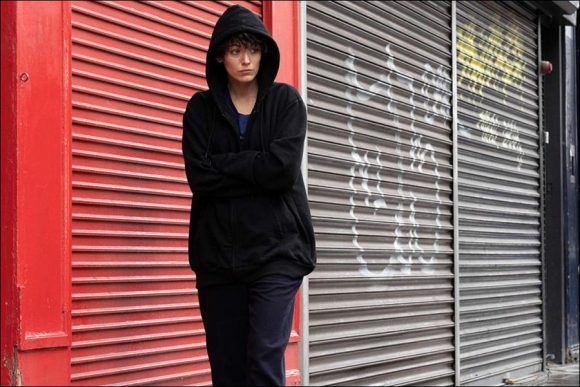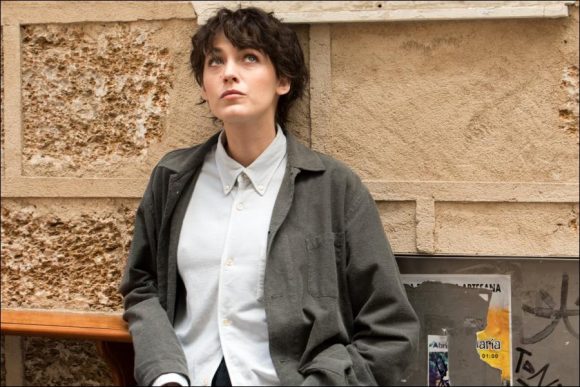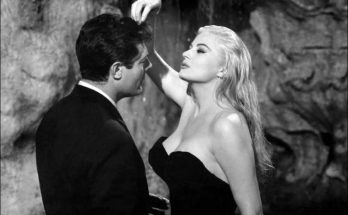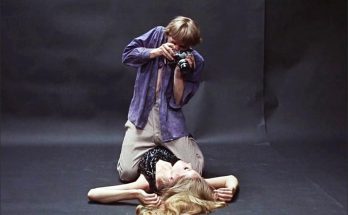Blake Lively continues to be an underrated onscreen chameleon in Reed Morano’s chilly actioner.
Forgive the inscrutable title: Reed Morano’s “The Rhythm Section” will explain away its awkward name in due time, though it will likely only inspire viewers to wish for something even weirder to try to sum up the filmmaker’s third feature film. A gritty, anti-James Bond thriller about the futility of revenge and the limits of violence,
“The Rhythm Section” might as well be called “This Hurts a Lot,” because the Blake Lively-starring adaptation of Mark Burnell’s novel leaves a mark on both its star and audience. “I’m not looking to get healed,” Lively’s Stephanie huffs at someone halfway through the dark drama, about as close to an ethos as her nihilistic anti-heroine has to offer.
That’s not to say she’s not compelling, or that she doesn’t start to evolve as the mystery winds on. It’s less a film about secret spies and global conspiracies (though that stuff is there, too) than an exploration of the price of guilt and the weight of trauma. Lively makes off with one of her best performances ever.
And one that makes an unexpected case for giving the actress a real action franchise next time around. One of contemporary cinema’s most underrated chameleons, Lively throws herself into the role with real gusto (that the actress injured herself so badly during a fight scene that production had to be put on hold is not in the least bit surprising, as unfortunate as it was).
The physicality of Lively’s performance goes beyond those fight scenes, however — and these are impressive fight scenes, gritty and bruising, every punch and grunt jumping off the screen. She’s tasked with embodying not just an untested, accidentally made assassin, but a woman living in visceral trauma.
The globe-trotting, time-spanning film opens at Stephanie’s lowest point: Three years after a horrific tragedy that took her entire family (mom, dad, brother, sister, all introduced during flashbacks that play over the film’s credits), the former Oxford whiz kid is living in a makeshift London brothel when a new client reveals he’s really an undercover reporter with a crazy story to tell.
Stephanie’s family died in a plane crash, but what Keith (Raza Jaffrey) tells her only further twists the knife into her life-consuming rage and guilt: it wasn’t some random accident, it was an act of terrorism that claimed hundreds of lives in the process of offing one major target. With nothing left to lose, Stephanie eventually opts to seek out all associated parties and take care of them — “violently,” she explains to one ally — despite having zero background in fighting, spying, espionage, or any other related dark arts.
It’s a compelling plot, but not a complex one, as its straight arrow slowly melts into something needlessly complicated. Stephanie’s rage is understandable, but some of the twists that follow from it are improbable and the relationships she forms along the way are unlikely (especially one that takes root in the film’s final act). Burnell’s script (the author adapted his own novel for the film, h
s first venture into filmmaking) works hard to sell Jude Law’s appearance as an unexpected mentor, and he and Lively exhibit enough chemistry as at-odds allies to smooth over the wrinkles in their association. (Sterling K. Brown, essentially stepping in as the male lead in the film’s second half, doesn’t make out as easily.)
The film is, given Morano’s background in cinematography, gorgeously shot, often taking its cues from Stephanie’s limited point of view. Cinematographer Sean Bobbitt’s compositions are both chilly and evocative, and serve Morano’s hard-hitting fight sequences well, adding heft to already gutting scenes. A dizzying single-take car chase halfway through the film appears to be lensed by someone sitting in the seat next to Stephanie, and serves as one hell of a cinematic rebuttal of other, more polished sequences in similar films.
For all its bite, there’s still a razor-thin edge of black comedy running through the film even in its darkest moments, a risk that pays off while others falter. (Law’s anonymous former MI6 agent pushes an ailing Stephanie to shape up through rigorous training, and Lively’s responses earn the laughs she and Morano easily layer in.) A dissonant soundtrack of cheeky songs is more distracting than anything, and often it’s Hans Zimmer’s (literally) pulse-pounding score that proves most effective at driving tension and emotion.
The film’s greatest asset is baked right in: Stephanie isn’t an instant super-spy, despite her drive and Jude Law-issued training. That’s not enough to suddenly turn anyone into a new wave James Bond, and that she falters at essential moments is what keeps “The Rhythm Section” pulsating along through an ending as messy and big as Stephanie’s pain itself.
That it all but begs for a sequel (Burnell’s book has, so far, spawned three followup novels) is its final trick, not because actioners like “The Rhythm Section” always seem to be next in line for the franchise treatment, but because it’s unique enough to actually deserve to cut through the scrum. Not every thriller gets a happy ending, but at least Stephanie makes hers hit hard enough to matter.
All about The Rhythm Section movie.
The Rhythm Section (2020)
Directed by: Reed Morano
Starring: Blake Lively, Jude Law, Sterling K. Brown, Richard Brake, Max Casella, Geoff Bell, Daniel Mays, Raza Jaffrey, Ivana Basic, Nasser Memarzia, Amira Ghazalla, Jade Anouka
Screenplay by: Mark Burnell, Mark Burnell
Production Design by: Tom Conroy
Cinematography by: Sean Bobbitt
Film Editing by: Joan Sobel
Costume Design by: Eimer Ni Mhaoldomhnaigh
Set Decoration by: Crispian Sallis
Art Direction by: Dídac Bono, Louise Mathews, Gary McGinty, Christina Moore, Ernesto Solo
Music by: Steve Mazzaro
MPAA Rating: None.
Distributed by: Paramount Pictures
Release Date: January 31, 2020
Views: 114






